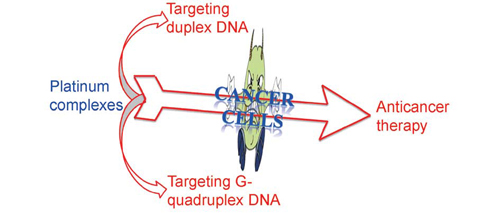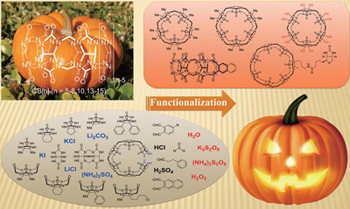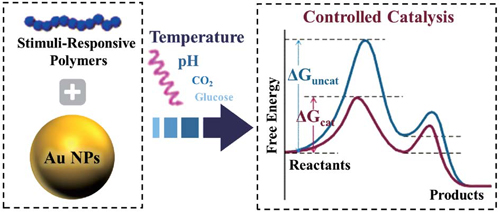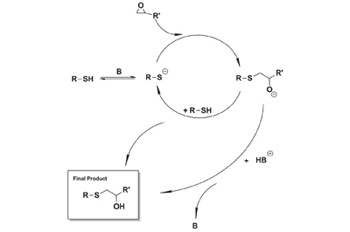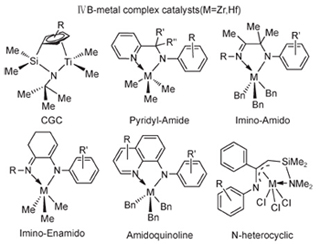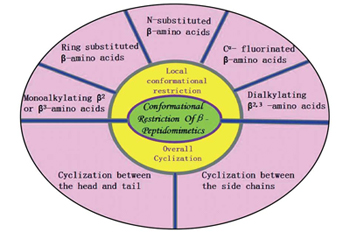Tumor is one of the serious diseases which greatly threaten human's health. Therefore, the large amount of innovative anticancer drugs have been discovered and created. Among these anticancer drugs,
cis-platinum and its analogs are some of the most effective chemotherapeutic agents in clinical use, particularly in the treatment of testicular and ovarian cancers. Unfortunately, they have several major drawbacks, such as cumulative toxicities of nephrotoxicity and ototoxicity, inherent or treatment-induced resistance. This has provided the urgency and motivation for developing novel platinum complexes with high antitumor effect and low toxic side effect on normal cells. This review highlights some methods on the development of the novel platinum complexes:(1) developing the platinum complex with new structure, like
trans-platinum complex, multinuclear platinum complex, Pt(Ⅳ) complex; (2) developing new anticancer target, such as G-quadruplex (G4) DNA. By consideration of the anticancer mechanism of the drugs and the tolerance of
cis-platinum, the prospect provides new ways to develop novel platinum complexes with high antitumor effect and low toxic side effect on normal cells. This review highlights recent progress of the platinum complexes as anticancer drugs and discuss their future potential in the medical fields.
Contents
1 Introduction
2 Nucleic acid
2.1 Duplex DNA
2.2 G-quadruplex DNA
3 Platinum complexes targeting duplex DNA
3.1 Classical platinum(Ⅱ) complexes
3.2 Trans-platinum(Ⅱ) complexes
3.3 Multi-nuclear platinum(Ⅱ) complexes
3.4 Platinum(Ⅳ) complexes
4 Platinum complexes targeting G-quadruplex DNA
4.1 Mono-nuclear platinum(Ⅱ) complexes
4.2 Multi-nuclear platinum(Ⅱ) complexes
5 Conclusion and outlook











